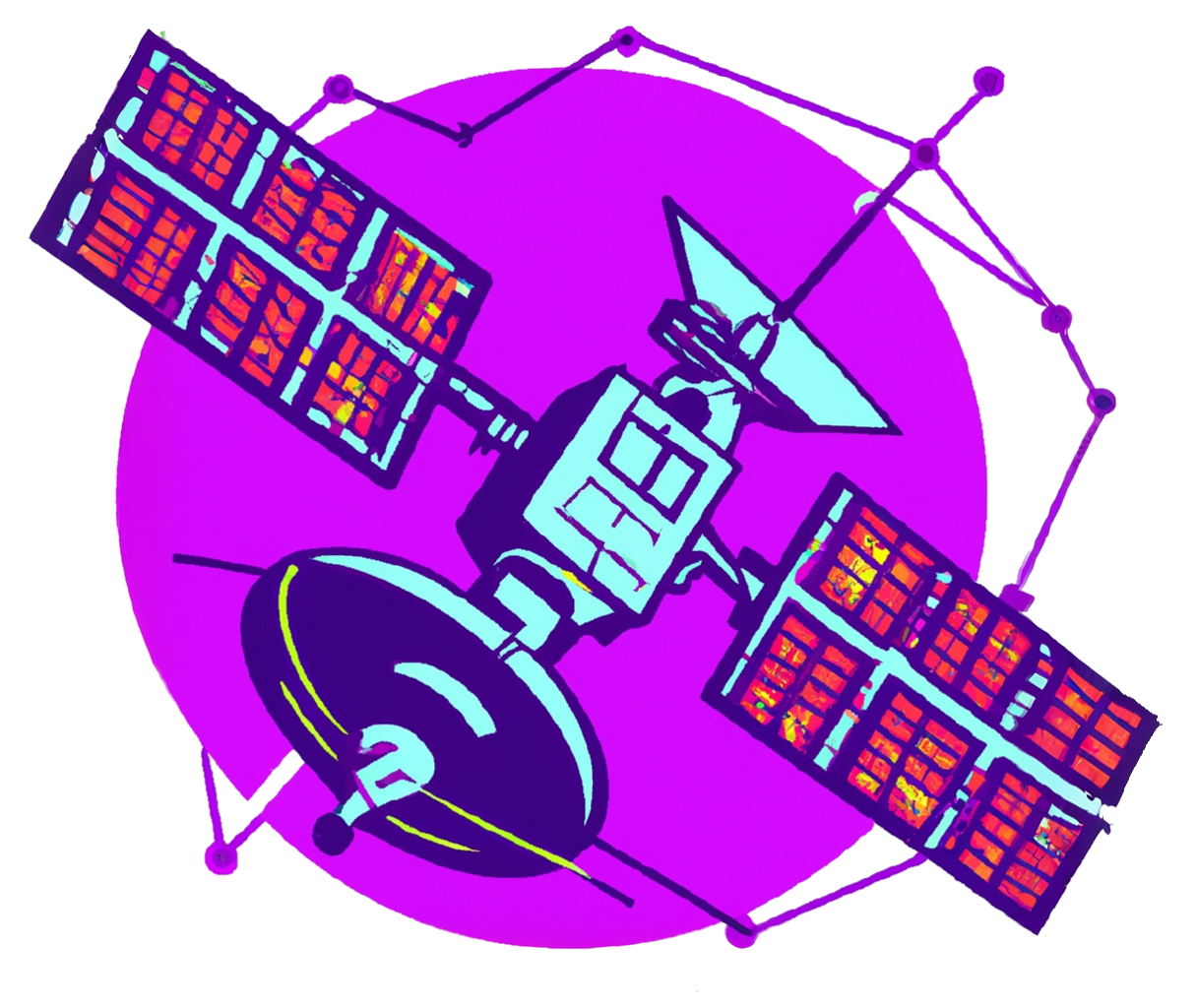Communication Patterns
Mir IoT Hub implements three distinct communication patterns, each optimized for specific use cases. Understanding these patterns is crucial for building efficient and reliable IoT solutions.
The Three Paths
┌─────────────────────────────────────────────────────────────────┐
│ Device Communication │
├─────────────────┬─────────────────┬─────────────────────────────┤
│ 🔥 Telemetry │ 🔄 Commands │ ⚙️ Configuration │
├─────────────────┼─────────────────┼─────────────────────────────┤
│ Fire & Forget │ Request/Reply │ Desired/Reported State │
│ High Volume │ Synchronous │ Persistent │
│ One-way │ Two-way │ Eventually Consistent │
└─────────────────┴─────────────────┴─────────────────────────────┘
Choosing the Right Path
| Aspect | Telemetry | Commands | Config |
|---|---|---|---|
| Direction | Device → Cloud | Cloud ↔ Device | Cloud ↔ Device |
| Acknowledgment | None | Required | Eventually |
| Persistence | Time-series DB | Event log | Digital Twin |
| Use When | Streaming data | Immediate action | Persistent state |
| Offline Behavior | Buffer locally | Fails immediately | Applies when online |
| Examples | Sensor data | Turn on light | Update threshold |
Remember: Choose the right path for each use case, and your IoT solution will be efficient, reliable, and scalable! 🚀
Next Steps
Master these communication patterns to build robust IoT solutions:
 Mir
Mir